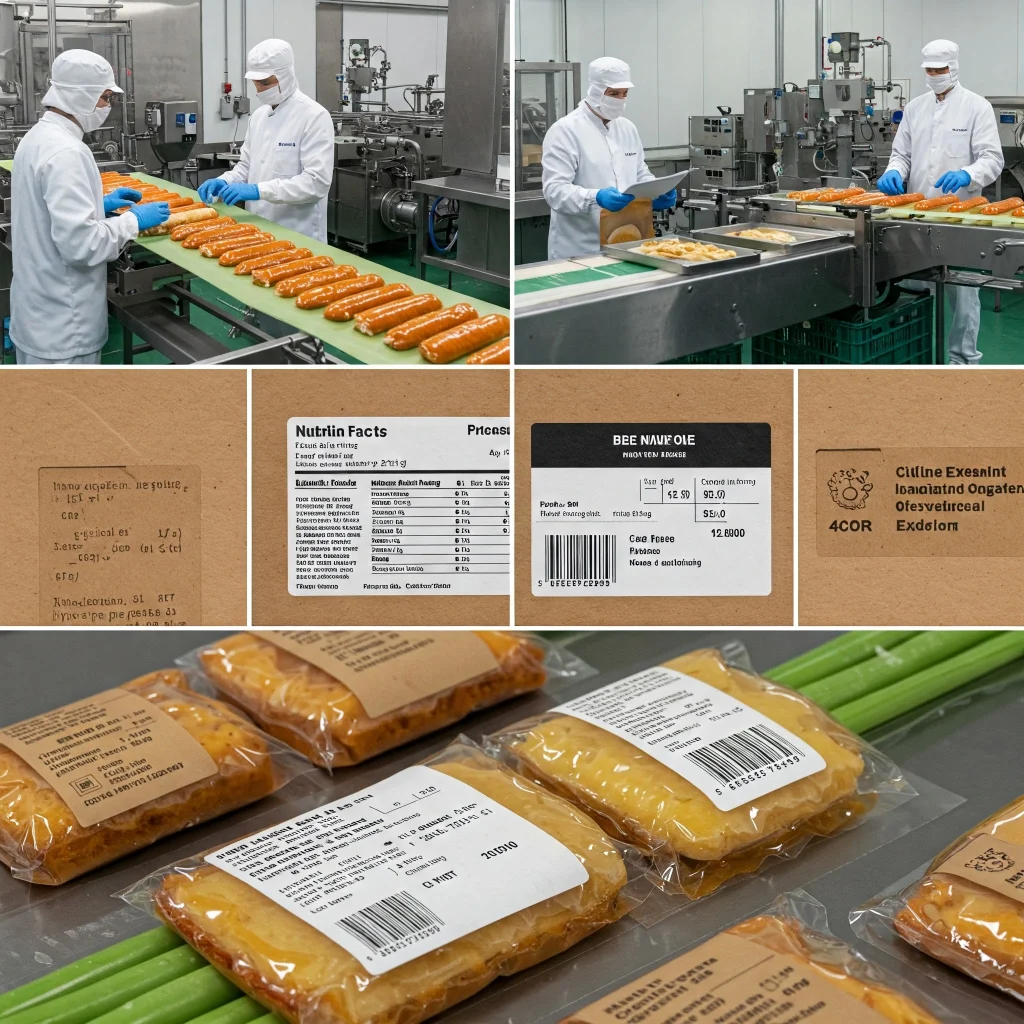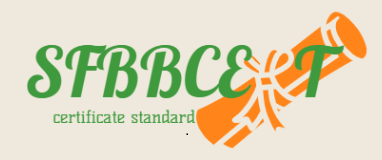
Following SFBB (Safer Food, Better Business) guidelines in the food packaging and labeling process is essential for maintaining hygiene in food establishments and ensuring customer food safety.
Labeling food in restaurants plays a critical role in informing both customers and staff about food contents, as well as supporting inventory and safety management. A properly labeled food item improves traceability, prevents allergen risks, and helps ensure freshness and proper consumption.
Key Elements of a Food Label in Restaurants
Food labels should include the following information:
Product Name: Full and precise name of the food item.
Date of Production and Expiry: Clearly state preparation and expiration dates to ensure timely consumption.
Ingredients List: All ingredients in descending order of quantity—critical for customers with food allergies or dietary restrictions.
Nutritional Information: Including calories, fats, proteins, carbohydrates, fiber, and other nutrients.
Allergen Information: Highlight the presence of common allergens such as gluten, dairy, nuts, soy, or shellfish.
Source of Ingredients: Especially relevant for locally-sourced, organic, or certified sustainable products.
Storage & Usage Instructions: Proper storage conditions and usage instructions to maintain safety and quality.
These labels are typically affixed to food containers and are vital to the proper operation of safe food handling systems.
Why Food Labeling Matters
Food Safety: Helps prevent the consumption of expired or contaminated items.
Customer Satisfaction: Allows informed food choices and ensures allergy and dietary requirements are respected.
Inventory Management: Supports better stock rotation and waste reduction.
Types of Food Labels in Restaurants
1. Raw Ingredient Labels
For containers storing raw materials like meat, vegetables, or dairy.
Sample Label Content:
Product Name: Chicken Breast
Production Date: 2024-07-15
Expiration Date: 2024-07-20
Storage Temperature: 0–4°C
2. Prepared Food Labels
Used for ready-to-eat meals prepared in-house.
Sample Label Content:
Dish Name: Caesar Salad
Preparation Date: 2024-07-17
Expiration Date: 2024-07-18
Ingredients: Romaine lettuce, grilled chicken, croutons, parmesan, Caesar dressing
Allergen Info: Dairy, Gluten, Eggs
3. Frozen Food Labels
For items stored in freezers.
Sample Label Content:
Product Name: Ground Beef
Packaging Date: 2024-07-17
Expiration Date: 2024-08-18
Storage Temp: –18°C or below
4. Diet-Specific Labels
For foods designed for specific diets like vegan, gluten-free, or low-sodium.
Sample Label Content:
Product Name: Vegan Lentil Soup
Preparation Date: 2024-07-17
Expiration Date: 2024-07-18
Ingredients: Lentils, carrots, onion, garlic, lemon juice
Special Info: Vegan, Gluten-Free
5. Beverage Labels
For freshly made, in-house beverages.
Sample Label Content:
Product Name: Fresh Lemonade
Preparation Date: 2024-07-17
Expiration Date: 2024-07-19
Ingredients: Water, lemon juice, sugar
International Standards for Food Labeling
Food labeling regulations may vary by country, but international standards ensure consistency and safety across borders.
Essential Labeling Requirements (Based on Codex Alimentarius, EU Regulation No. 1169/2011, FDA):
Mandatory Label Information:
Ingredient List
Net Quantity
Date of Production & Expiry
Storage Conditions
Manufacturer Name and Address
Nutritional Facts Table
Allergen Declarations
Labeling for Pre-Packaged Foods:
Clear nutrition labeling per 100g/ml or per portion.
Instructions for preparation, if needed.
Disclosure of preservatives and additives.
Language and Readability:
Information must be in the official language of the country of sale.
Labels should be legible and easy to understand.
Global Standards Alignment:
Labels should align with Codex Alimentarius (developed by FAO and WHO), promoting global food trade safety.
Barcodes and QR Codes:
Used for traceability and authenticity verification—especially for export products.
Special Certifications:
Organic Products: Must carry relevant organic certification marks.
Halal Products: Must display Halal certification if claimed.

No comment